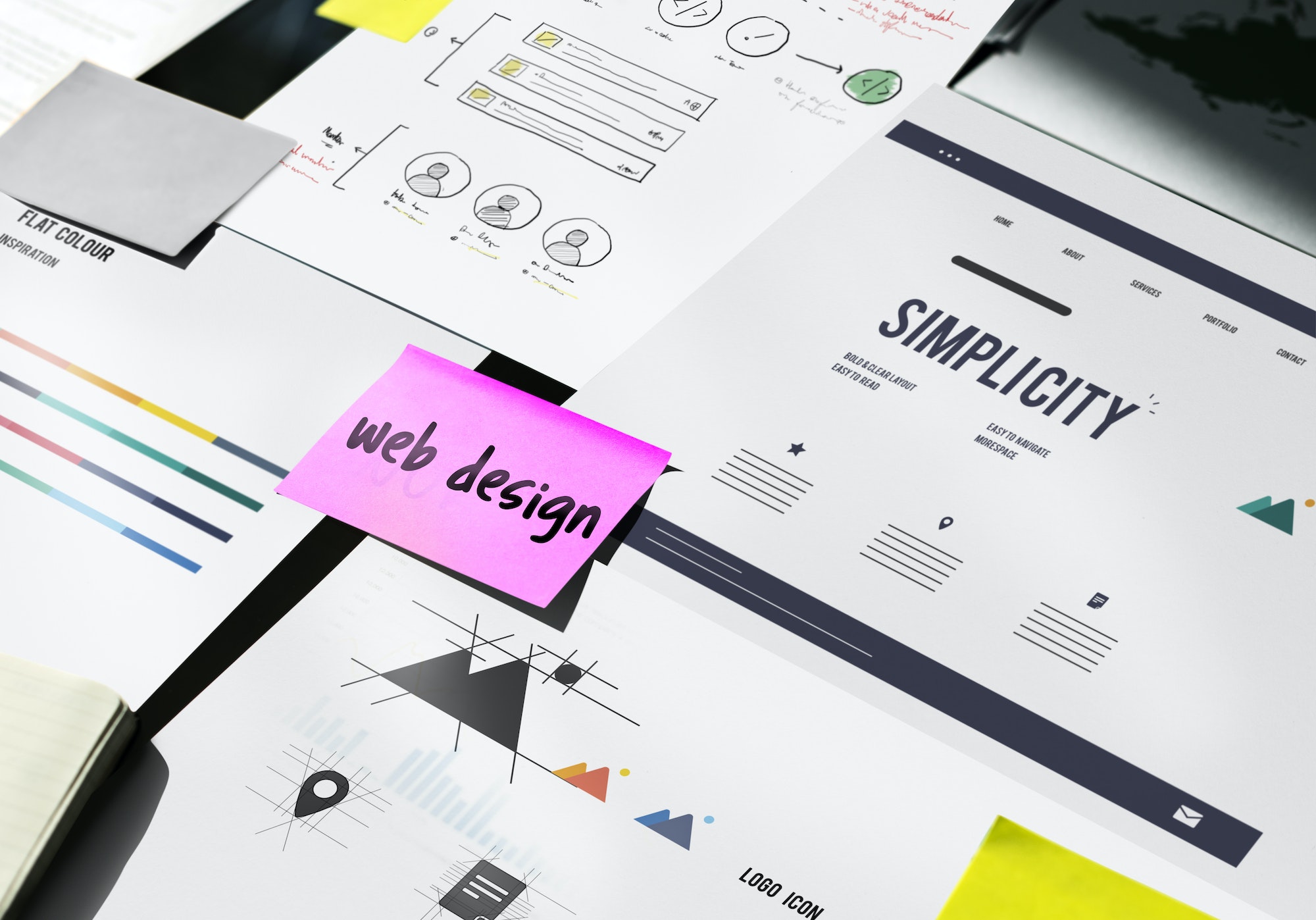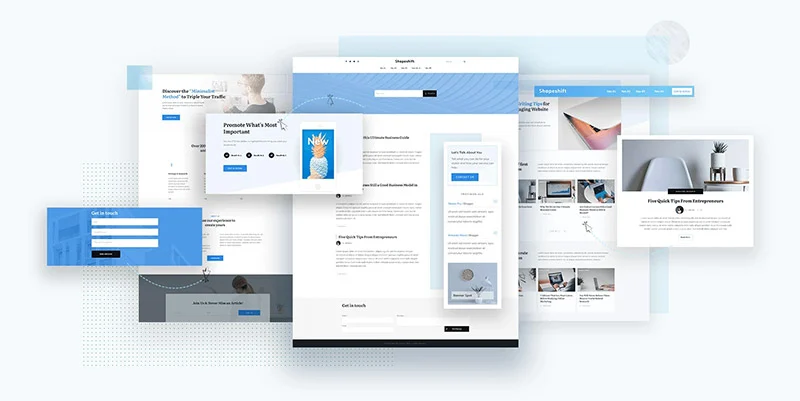WordPress is one of the most popular website builders on the market today, offering an intuitive and user-friendly platform for building and designing custom websites. With its vast array of features, plugins, and themes, WordPress is an ideal platform for creating a website that is not only functional but also visually appealing.
In this comprehensive guide, we will explore the various aspects of WordPress web design and how to use it to achieve top 10 Google rankings through effective search engine optimization (SEO).
- Choose a Responsive Theme
A responsive theme is one that adjusts its layout to the screen size of the device being used to access the website. This is important because a growing number of users access websites through mobile devices, and a responsive theme ensures that your website is optimized for all devices.
There are numerous responsive themes available for WordPress, both free and paid. When choosing a theme, consider factors such as the design, functionality, and compatibility with the plugins you plan to use.
- Use Relevant Keywords
Keywords play a crucial role in SEO and are used by search engines to determine the relevance of your website to a user’s search query. When designing your website, it is important to include relevant keywords in your content, meta tags, and headings.
Research keywords that are relevant to your niche and target audience, and use them in your website’s content and meta tags. This will help search engines understand the focus of your website and improve your chances of ranking high in search results.
- Optimize Your Images
Images play a vital role in website design, but they can also slow down your website’s loading speed. To optimize your images, use descriptive file names and alt tags, and compress your images using tools such as TinyPNG.
- Use Header Tags
Header tags (H1, H2, H3, etc.) are used to structure your content and make it easier for both users and search engines to understand the hierarchy of your information. When designing your website, make sure to use header tags to structure your content and improve the overall readability of your site.
- Use a Fast Loading Speed
The loading speed of your website has a direct impact on user experience and search engine rankings. A slow-loading website will result in a high bounce rate, as users are unlikely to wait for a page to load.
To improve the loading speed of your website, use a fast and reliable hosting service, and optimize your images and other media files. You can also use plugins such as W3 Total Cache or WP Fastest Cache to further optimize your website’s speed.
- Incorporate Social Sharing Buttons
Social sharing buttons make it easy for users to share your content on social media, increasing your website’s visibility and reach. When designing your website, make sure to incorporate social sharing buttons into your design, and place them in a prominent location on your pages.
- Use XML Sitemaps
An XML sitemap is a file that lists all of the pages on your website and is used by search engines to crawl and index your site. By using an XML sitemap, you can improve the discoverability of your website and improve your chances of ranking high in search results.
- Use Permalinks
Permalinks are the permanent URLs for your pages and posts, and they play a crucial role in SEO. When designing your website, make sure to use descriptive and relevant permalinks, and avoid using the default WordPress permalinks structure.
- Create Quality Content
Quality content is the cornerstone of a successful website, and it is essential for both user engagement and search engine rankings. When creating content for your website, make sure it is original, informative, and relevant to your target audience. Additionally, regularly updating your website with fresh and engaging content will help to keep your audience engaged and improve your chances of ranking high in search results.
- Monitor Your Analytics
Finally, monitoring your website’s analytics is an important part of any successful WordPress web design and SEO strategy. By using tools such as Google Analytics, you can track your website’s traffic, engagement, and conversion rates, and make data-driven decisions to improve your website’s performance.
In conclusion, WordPress web design is a powerful tool for building and designing websites, and by incorporating effective SEO strategies, you can improve your chances of ranking high in search results and reaching a wider audience. By following the tips outlined in this guide, you can create a website that is both functional and visually appealing, and that is optimized for both users and search engines.

















